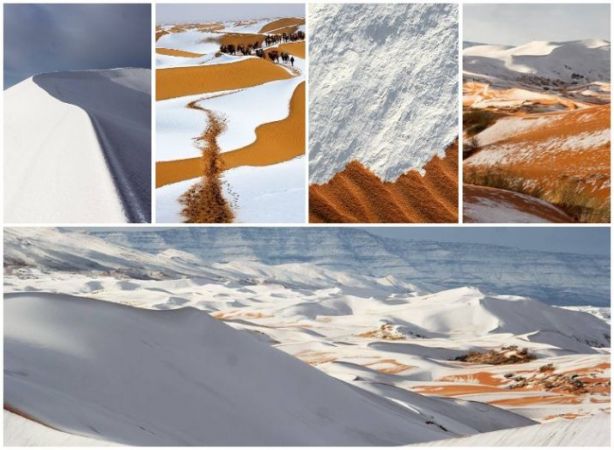
In a time period of weather heavy disasters, results a sprinkling of snow in the Sahara desert was an unpredicted bright spot. The freak flurry covered parts of the desert with up to 15 inches of snow on Sunday, The Washington Post reports. General photographers and satellites high above found the creamsicle-coloured scene on camera.The uncommon snowfall over Earth’s largest hot desert was part of the same atmospheric pattern that brought a brutal chill to the East Coast over the past weeks — freezing alligators snout-up in the pond at a North Carolina zoo.The alligators are fine, the Charlotte Observer reports. That weird weather wasn’t isolated, either, says atmospheric scientist Mike Kaplan at the Desert Research Institute in Nevada. It was part of an atmospheric pattern spanning the entire northern hemisphere.
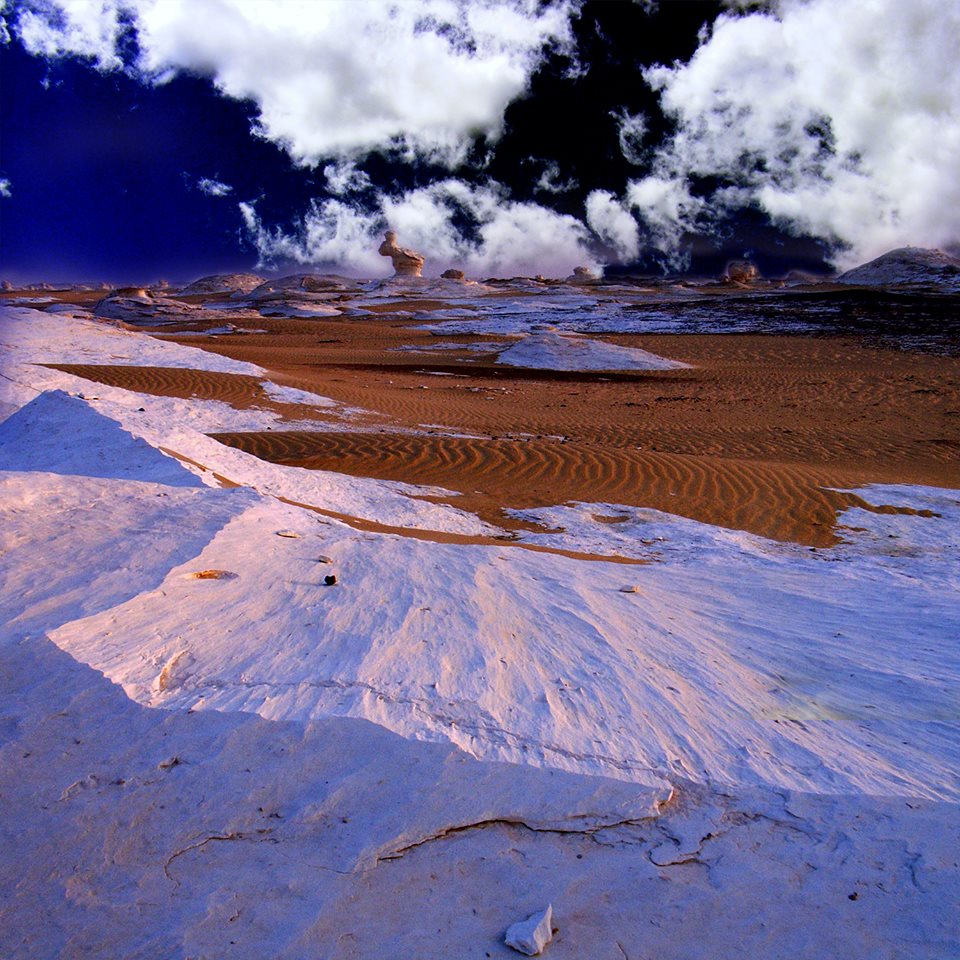
When this flip happens, places that are usually too warm for snow might get an unexpected flurry of the white stuff.The place like Sahara desert — where the high atmospheric temperatures average about 100 degrees in the summer and lows hover right around freezing in the winter.
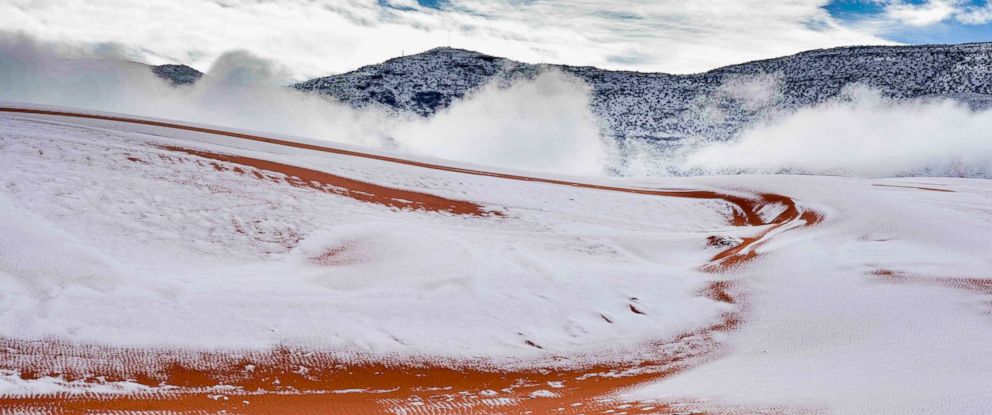
Typically, the Sahara is too dry for snow, Stefan Kröpelin, a geologist at the University of Cologne in Germany, told.On Sunday, cold air discriminating south combined with the right amount of humidity, Kaplan says.
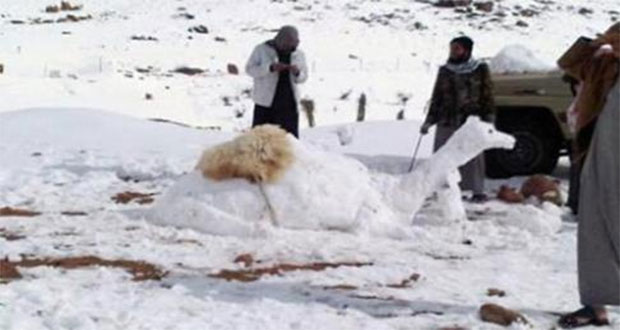
While this week’s Saharan snowstorm was unusual, “it’s not like it’s never happened before, Kaplan says. Past wintertime saw a similar dusting of snow over the Algerian town of Ain Sefra, which NASA’s Earth Lookout says is sometimes called the “gateway to the desert.
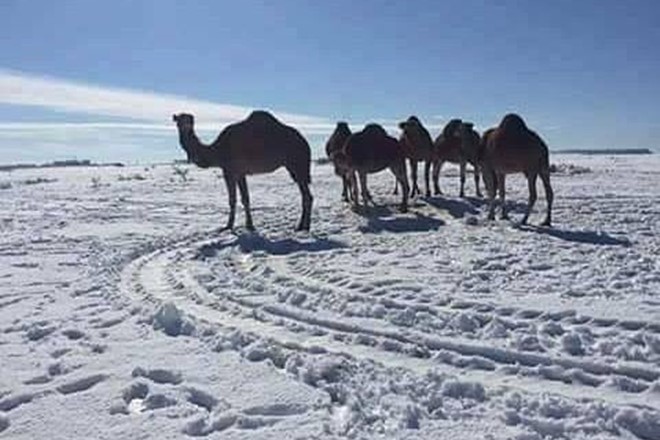
The last recorded Saharan snowfall before that was in 1979 — although that doesn’t mean this is only the third snowfall in 40 years.
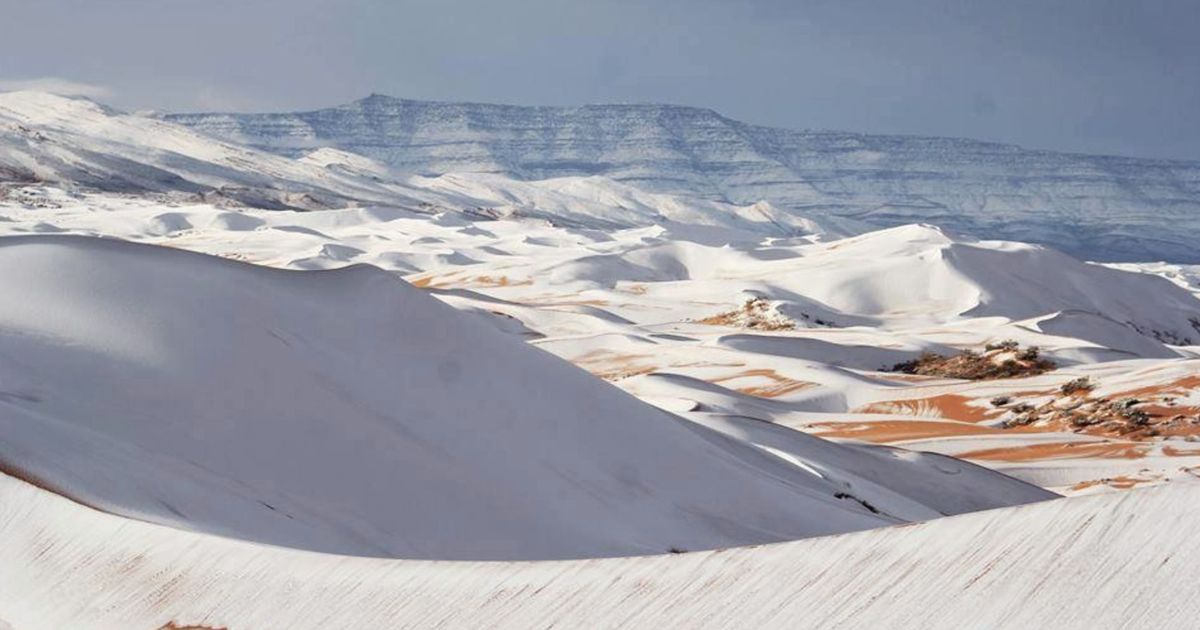
It just means if there were fast-melting flurries in the Sahara’s vast 3.6 million square mile range, no one spotted or recorded them.
It just doesn’t happen every year,” Kaplan says. “A year seems like a long time to you and me, but it’s not a long time for the atmosphere.